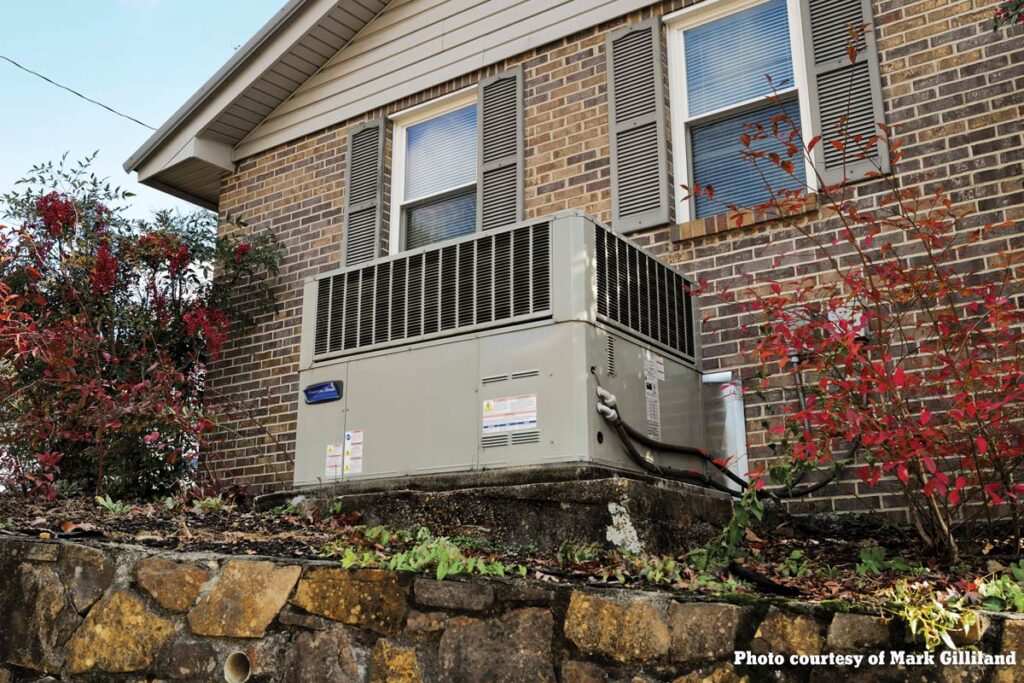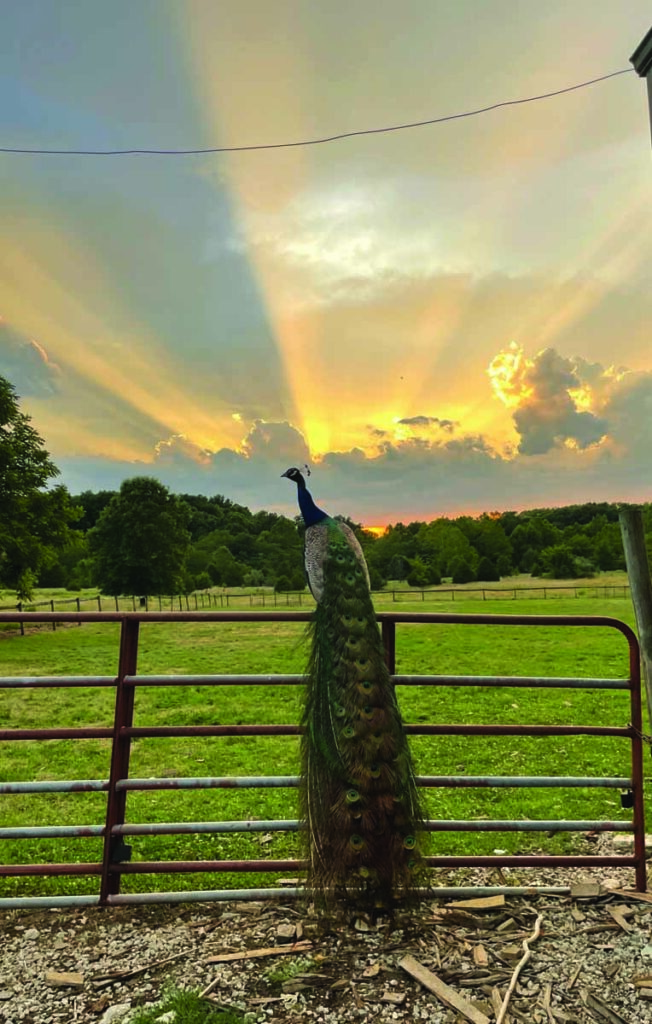
If you’re a caregiver, it’s also very possible you’re a member of the “Sandwich Generation” — people who balance their time between caring for a spouse or child, as well as for a parent. Know that you’re not alone.
Statistics tell the tale. By 2034, the U.S. Census Bureau projects that the number of adults aged 65 and older will surpass the population of children. In its 12th Annual Workplace Benefits Study in 2023, Guardian Mutual Insurance Company reports that 53 million U.S. adults care for a spouse, elderly parent, relative or a child with a disability. That’s up from 43.5 million in 2015.
As people live longer and the population ages, the number of adults in the Sandwich Generation has also risen significantly. A Pew Research Center study in late 2021 found that adults in their 40s and 50s are most likely to have a child younger than 18 still living at home, as well as a parent aged 65 or older.
“Being a caregiver — whether for a child with disabilities or an older adult — may present challenges in adapting or finding resources,” says Greg Link, director of supportive and caregiver services with the U.S. Administration on Aging. “When you’re both caring for an older adult family member with medical or health issues and a child with disabilities, the dynamic shifts, and often the caregiving responsibility falls to one family member, often women.”
Every situation is different, just as every family is different, but having open and candid discussions, particularly long before they are necessary, will help manage expectations, help define responsibilities within the family, and give maximum consideration to the person who needs care.
A family-focused approach can be effective when having internal conversations and discussions with medical team members. Link says this might not always be possible, but the earlier such conversations begin, the more likely the outcomes can be better for all involved. The biggest challenge is lack of preparedness when a family seems to be caught unaware, most often when one family member may notice a decline in the parent but is hesitant to say something.
Link says it’s important for each family member to realize the process will take compromise and negotiation to have a truly workable situation. Those solutions will vary, particularly with the need to care for a parent or older family member.
“For instance, a possible division of shared responsibilities in caring for a parent would be for one sibling to take the lead in healthcare and another to be the main contact for financial issues,” he says. “Of course, just because one or two family members agree to step up, the rest of the family can certainly stay involved.”
The primary caregiver may need a designated backup who can fill in when needed if the loved one is receiving care at home. Relieving the caregiver for several hours or overnight can allow them personal time and a chance to attend to their own health and energy.
Regular check-ins with the caregiver — and, of course, with the loved one — through visits and/or phone calls can help relieve a caregiver’s feelings of isolation or loneliness and ease the day-to-day challenges of ongoing care.
Who cares for the caregiver?
According to the Centers for Disease Control and Prevention, family caregivers spend more than 57 hours each week on average caring for someone who is disabled or living with limitations. That’s more than eight hours a day. On top of work and other responsibilities, it’s easy to see why many caregivers can feel overwhelmed.
“Caregivers often forget about themselves and their own needs, especially if they don’t have a supportive and engaged network who check in with the caregiver regularly and can be available to help,” Link says. “More often than not, when the caregiver is doing a good job, people don’t volunteer to help.
“In reality, it’s usually up to the caregiver to ask for help and support to be able to maintain their own balance between caregiving duties, work and life demands, [but] this can be difficult. Just by the nature of a caregiver’s personality, sometimes it’s just easier to stay steadfast and handle everything, but this can lead to burnout, exhaustion or worse.”
Link encourages families to help each other. He says to be specific and start with simple tasks, such as preparing a meal and sharing it with the family, the person receiving care and the caregiver. It will encourage conversation and quality time.
“The important thing for caregivers is knowing when to ask for help, and to be specific. As the caregiver, identify a need for yourself,” Link says. “Do you need some time each week to attend to personal matters? Or a weekend away to refresh and recharge? It’s easier to enlist help when the need is specific.”
For instance, ask someone to help with meal preparation once a week. Giving the caregiver time out of the kitchen provides an opportunity for others to visit with their loved one and the caregiver while being involved in helping.
Respite takes many forms — taking a break for a few hours, days or weeks, bringing in a professional or trained aide to assist with care, asking a family member for help — and the options for how to spend this time are diverse.
The National Respite Network, archrespite.org, can connect caregivers to organizations that provide access to respite services. This may include temporarily hiring and paying for a professional caregiver or finding home-care options. It offers specific steps to identifying the type of respite that is best for the primary caregiver.
Sources for support and assistance
The Eldercare Locator website is a resource for older adults and their family caregivers. A public service of the Administration for Community Living, eldercare.acl.gov connects people via zip code to aging and disability resource centers, state units on aging and local area agencies on aging.
“The Eldercare Locator is comprehensive, and it provides resources to assist caregivers, family members and care receivers,” Link says. Funded by the U.S. Administration on Aging, part of the Administration for Community Living, it maintains a database of eldercare facilities and resources across the country that provides information for older adults and caregivers.
Information is available to help evaluate mobility needs, identify transportation options and create a customized plan for the care receiver. Resources for long-distance caregivers, making transitions from hospitals back to home, housing options for older adults and home modifications that can allow them to continue to live safely in their homes are also available.
“The information goes into a number of issues, from how to prevent falls at home to ways to avoid financial scams,” Link says.
The website offers an educational guide to benefits for seniors to connect eligible low-income older adults with public and private programs that can assist in paying for healthcare, prescriptions, food and utilities. Link also recommends other organizations that provide resources for patients and caregivers, like the Alzheimer’s Association, the Parkinson’s Foundation, the American Heart Association, the American Lung Association and similar groups.
“The number of resources for caregivers and those receiving care are numerous,” Link says. “The reality is that caregiving will touch many of us in some way, and it’s best to be prepared, do some initial research about the availability of resources, and talk about how your family can be ready to provide the utmost care and support for loved ones.”









